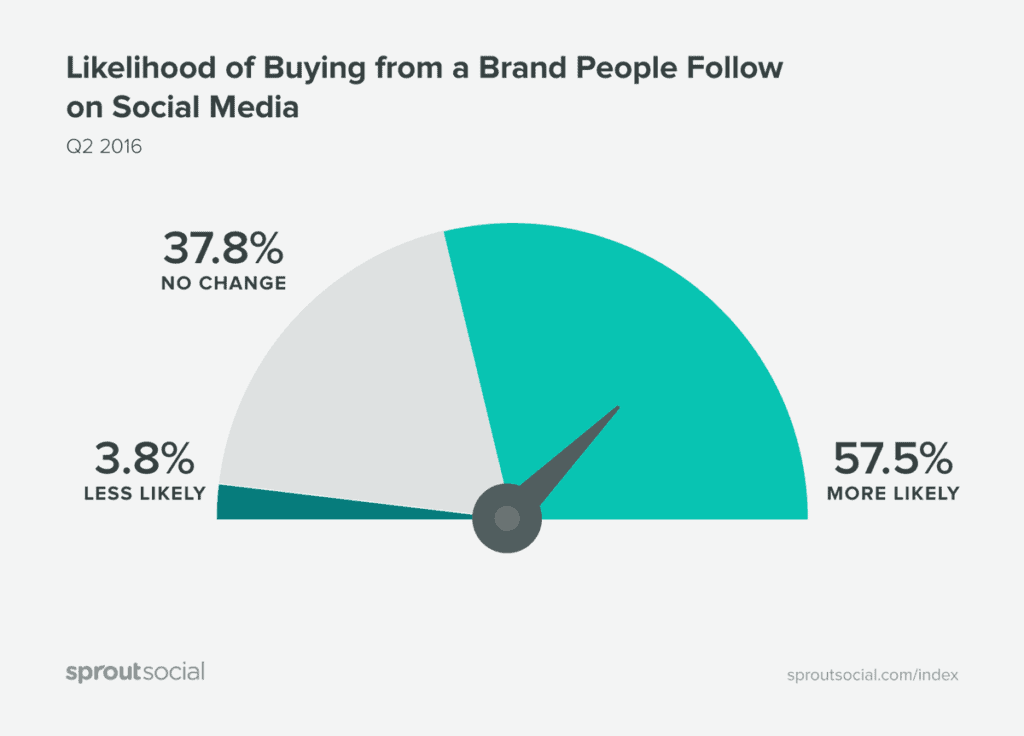Social Media Strategy for Small Businesses
Marketers from digital agencies spent their significant time digging out an effective marketing social media strategy for small businesses.
Whether you are a newbie marketer or a social veteran, you are well aware that strategies change with time.
Working in a small business means you are responsible for more than a single task. Sometimes you are also entitled as the jack of all trades.
From building social posts to editing posts, posting and scheduling the posts, you are the only one to take care of running the entire social package.
You won’t find ample time to manage social platforms with an effective social media strategy dedicatedly in either case.
From managing the off-record activities to handling all social platforms, small business lets you experience numerous day-to-day operations that degrade your value time efficiently.
However, you should never skip your social media in this race to nurture your audience and build a decisive engagement.
Ultimately, this will provide you with potential customers and boost your conversion/traffic simultaneously.
Check out the power of potential customers in enhancing your leads/sales.

Always remember, a missed social media opportunity is a significant loss to your turnover that no small business can compensate for. Hence, it’s highly essential to bring social media into consideration and put your efforts to make it work for you.
With the right social media marketing strategy, you can experience a high sales count and build a brand that makes you stand out from the crowd.
Interestingly, versatile tactics in social media can do wonders for you. Here is the proof.
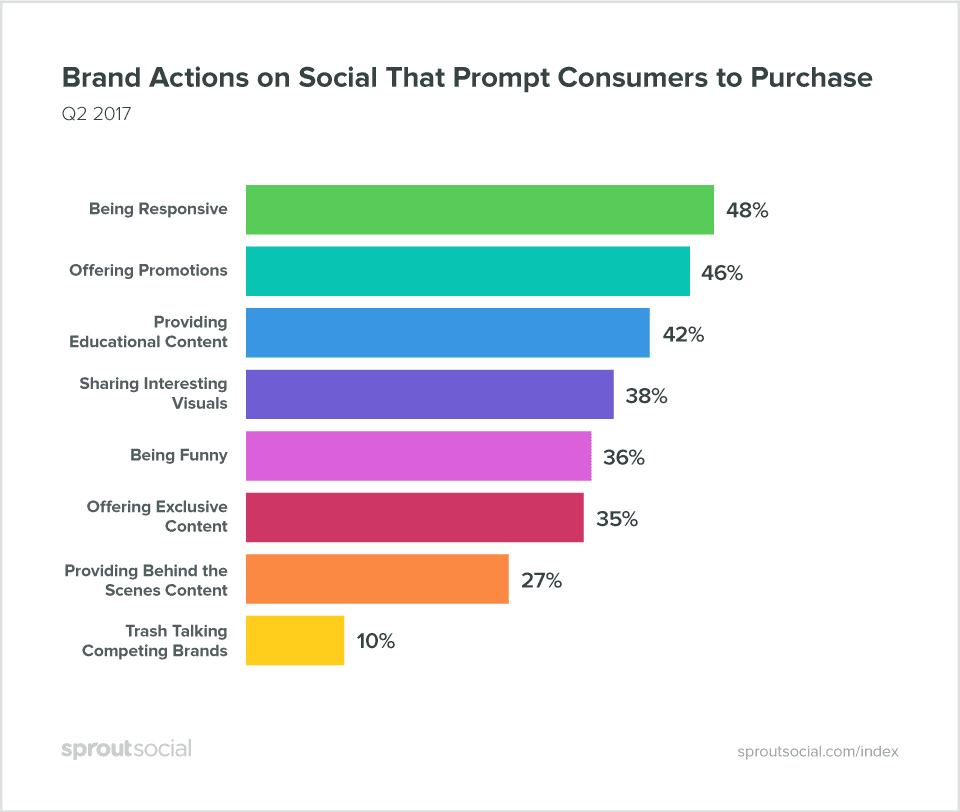
All in all, it requires an ROI-driven social media strategy for small businesses.
Don’t worry! We are here to provide you with the right and most compelling guide to use social media for small businesses and get proven results.
1 – Setting Social Media Goals for Small Businesses
Undoubtedly, many small businesses work great on social channels.
Moreover, they are also providing their work to bring and engage new users. However, they are completely unaware of whether their efforts are worth doing or not.
Without setting social media goals, it’s tough to prove your work. Now, setting personalised goals helps you acknowledge your efforts and determine which of them works great.
Selecting your goals isn’t easy; hence, you should follow the enlisted tips to find the right goal for your small business.
Funnel Based Goals
Bulk scheduling on social platforms is never a good practice. Posting frequently or posting in bulk typically results in spam posts.
Instead, being highly promotional can degrade your social visibility. With time, your posts lose their presence, and hence your efforts are all in vain.

Simultaneously, many other Don’ts are there that can ruin your social media efforts. Above all, you can’t compromise your efforts on bad practices in a small business.
Hence, a funnel-based goals setup is one right option that you can choose.

Drill down the image above and find your objective. Based on your objective, you can acknowledge the buyer’s journey and find the proper social KPI.
For different objectives, you will find a different social media strategy alongside KPIs. It will ultimately help you in building the right strategy and goals for small businesses.
Requirement Based Goals
What’s your business requirement? This query has a substantial impact on your goals and social media strategy. More often, small businesses look for:
Increase brand awarenessIncrease community engagementIncreasing website clicks
Whatever goal matches your requirements, it’s essential to build your strategy accordingly. Make goals that can easily align with your requirements.
Industry Based Goals
Goals also rely on your industry/niche. Different industries have different demands, and hence, the goals are moulded accordingly.
Whatever industry you serve, being a small business, it’s essential to focus on your industry-based needs and set up the best-fit goals you can quickly achieve through social media practices.
E.g., For a health care industry, the prime goal is to spread brand awareness, build trust, showcase expertise in the industry, build relationships, etc.
However, the goals for Internet and Software firms can be lead generation, competitor analysis, drive customer loyalty, and brand awareness.
So, the goals vary depending upon your industry.
2 – Find the Right Platform For Your Business
Do you know that not every social channel can suit your small business needs?
As a social media marketer, your instinct may help you select the most affecting business-driven social platform, but thorough research is always appreciated.
E.g., you might think of targeting TikTok and Instagram to target youth, but still, Facebook has a vast user base (youth) compared to TikTok and Instagram.

Simultaneously, based on your business needs, you might find TikTok marketing ineffective, but it can do wonders too.
The best way to understand highly potential social channels is by deep-diving into individual demographics of different channels and making a fruitful selection.
Click here to get the demographic information of all social giants.
3 – Analytics and Reporting for Small Businesses
Now, you have a firm goal set up for your business. But, it’s crucial to evaluate your efforts and track your progress.
Here comes the role of analytics and reporting. With social analytics, it becomes highly convenient to track your blood and sweat.
Here are the vital peers of social media that you should track.
Impressions: Number of times your post was shownEngagements: Total number of interactions made by users. Interactions includeLikesFavouritesSharesRetweetsClicksRepliesFollowsEngagement Rate: Percentage of Engagement w.r.t impressions.Visits: Total visits to your pageMentions: Number of times your brand was mentioned in a social post.Followers: Count of followers you earned over a while.
Nowadays, all social platforms provide you with in-depth social analytics. E.g., Facebook and Instagram have a single platform, “Creator Studio,” to find your outcomes.
Simultaneously, Twitter has Twitter Insights, which can provide a detailed analysis of your efforts.
Still, some small businesses want to deep dive more into social insights. They can go with third-party social analytics tools to give a centralised and more detailed insight into social work.
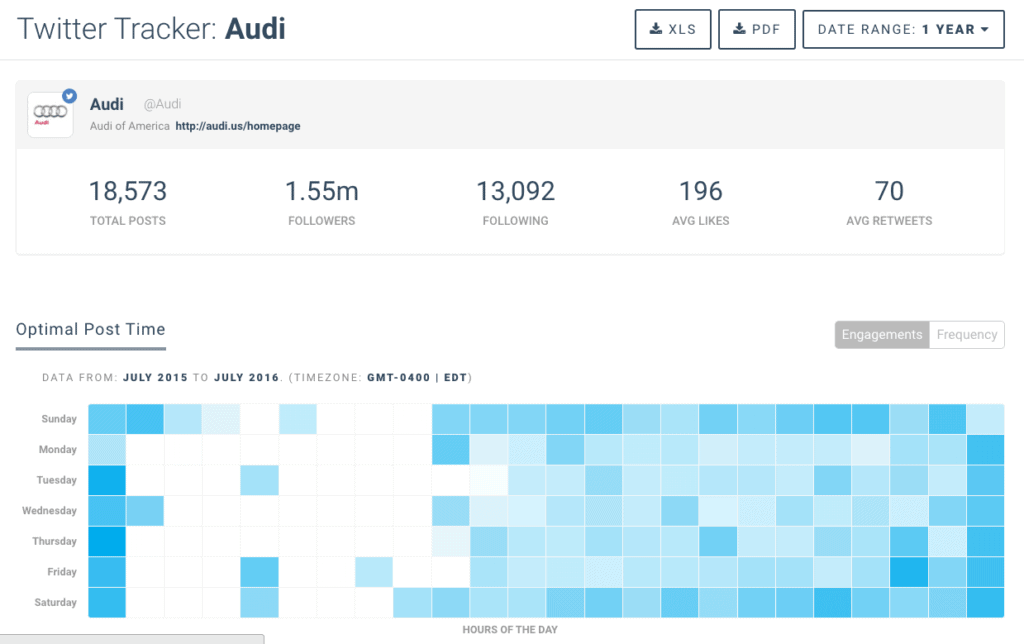
With third party PAID tools, you can get additional powers, including:
Sent messagesEngagement ratesPercentile rankingEngagement rates by time and dayPaid reportsGroup reportsKeyword reportsCompetitive reports
Different tools are available in the market that omits your hassle to manage social channels. Below are some free/paid tools:
Engagement Management: Hootsuite, Socialsprout are some of the tools that help you in engagement management.
Analytics: Insights are readily available on all social platforms offering detailed information about your workout and outcomes.
Graphics: You can utilise free/paid tools to create appealing graphics for social posts. Canva, PicMonkey, A Color Story, etc., are some of the great options. This way, you omit the dependency on graphic designers.
Content curation: It’s hard to find new content ideas every day. Content curation tools can help you with trending topics. Pocket, Flipboard, BuzzSumo are some great tools to find new content opportunities for your social channels.
If you don’t want a detailed analysis for small businesses, it’s highly recommended to avoid investing in third-party tools.
Instead, you can utilise the insights from social platforms and use them to build, evaluate your efforts and strategise your further actions.
4 – Know your Audience
After your social platform selection is made, it’s time to understand your audience to build an effective social media marketing strategy.
Social media is highly recommended for small businesses as it allows you to micro-target your audience. However, you have to understand your audience first.
Take advantage of social media analytics and deep-dive into your user data. Analytics data will help you with much information.
Knowing your audience can help you in creating a practical and workable social media strategy for your goals.
Additionally, you can further your existing efforts after understanding your audience and their expectations.
5 – Follow the Ongoing Trends
Are you looking for a leap to grow your social presence?
Following the trends will help you make a fantastic performance on social channels. Paying attention to social media trends lets your every effort count.
Add a habit of looking into social media trends and how you can integrate them into your existing social media marketing strategy.
E.g., Twitter provides you with trending Hashtags (#) that you can add to your planned tweets and get better engagement than usual.
Simultaneously, Google Trends can be an effective yet free tool that can help you find Real-time trends across the globe.
Simultaneously, mention is yet another effective tactic that helps you tag anyone and build social engagement. However, tagging must be done wisely, as excessive tagging is considered spamming.
Following the trend also helps you fulfil the prime reason behind using social channels, i.e., to stay up-to-date with news and current events. Apart from this, other reasons include:
Find funny or entertaining contentEnjoy spare timeStay in touch with friendsShare photos or videos with others
Ultimately, it would help if you kept your audience updated with the trend. Remember, your last-day efforts may be ineffective today.
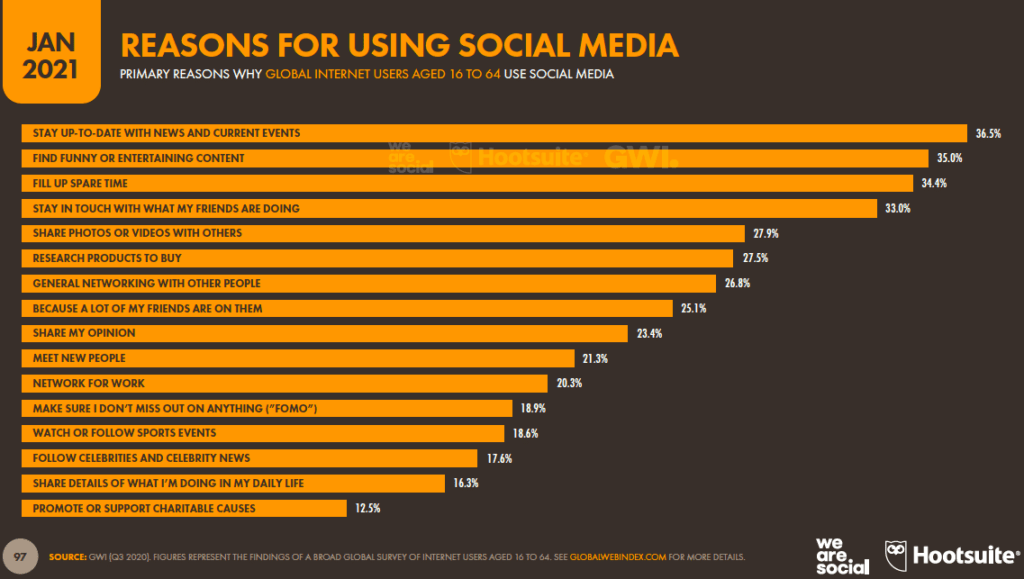
6 – Stick to Quality & Eschew Quantity
Multiple social media marketing options are available for small businesses, but not everyone best fits all.
Remember, bulk posting is never a good practice for any business. Instead, it would help if you targeted maintaining quality work over quantity.
Selecting the right platform and implementing the right yet calculative strategy can bestow expected results.
As social media channels provide value to your brand, it simultaneously requires value content.
The best way to serve your users across the social channels is to mix-match available resources. E.g., consider collage, carousel images, text post, image post, long video, short video, FB status, etc.
However, maintain a proper ratio among all these resources to avoid social spamming. You can try them all, but maintain a margin to avoid flooding on social channels.
Above all, be honest with your efforts and serve quality to the small businesses.
7 – Let Automation Run your Social Media Strategy

At last, you should take leverage from the technology and let automation do most of your work. Automation is not new in digital marketing.
Google has already blended the power of AI-driven automation with Google Ads, and now many social media channels have offered the same power to social media marketers.
Every small business talks about social media calendars, but how many of them maintain regularity in posting? Not everyone.
Some social channels have already provided you with the Scheduling option; hence you can make a one-time effort and let Facebook publish the posts at the specified time.
Similarly, Twitter has its automation tool named Tweetdeck, and Instagram lets you do the same with Creator Studio.
Still, some renowned social giants like LinkedIn lack scheduling features. Hence, third-party tools come into play. Hootsuite, Buffer are some of the popular tools that can help your social media strategy succeed.
In short, put efforts anytime throughout the month and let automation publish your posts.
So, these are the tactics that will deliver quality results. Still, many businesses aren’t fully capable of executing them.
Hence, you can take advantage of a digital marketing agency with social media expertise and let them manage everything.
Author Bio: Gajendra Singh Rathore is a digital marketing expert and associated with a digital marketing agency Toronto. He is always eager to learn, experiment, and implement. Astronomy is his escape from the outside world.
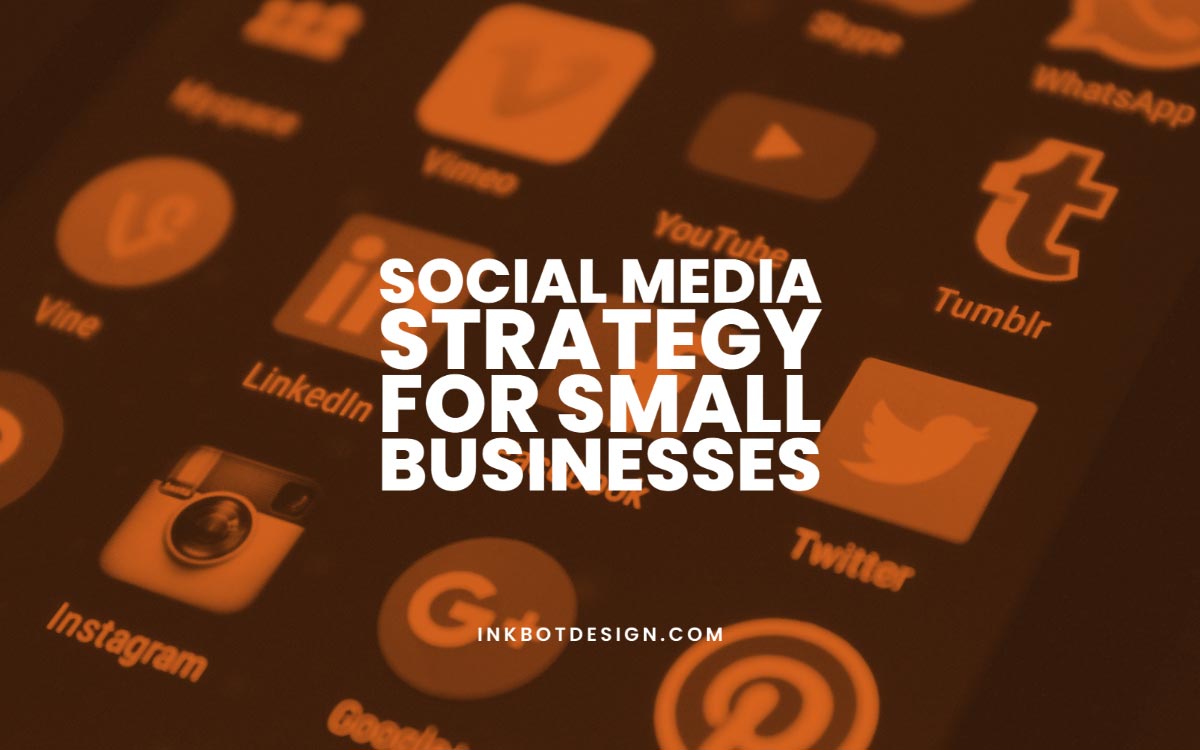
The post Social Media Strategy for Small Businesses is by Stuart and appeared first on Inkbot Design.
Read more: inkbotdesign.com
